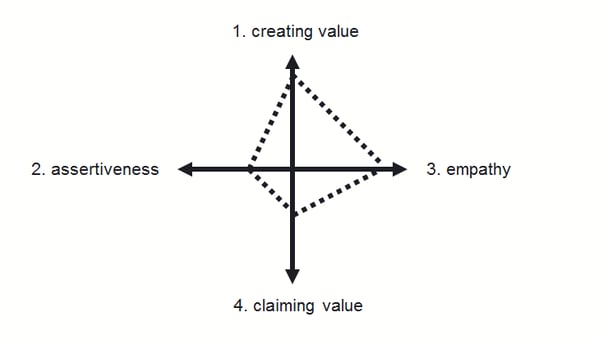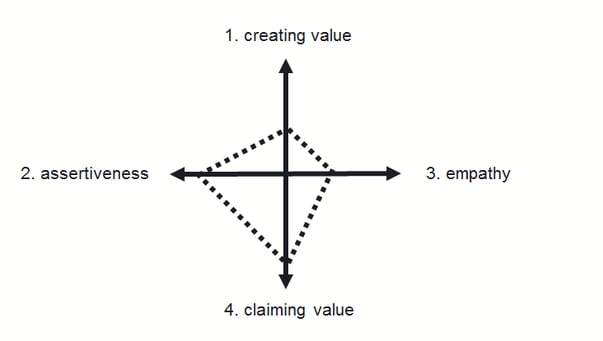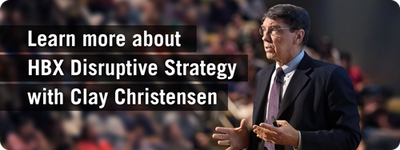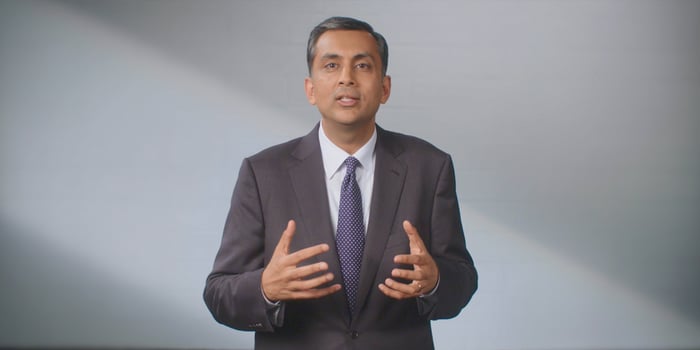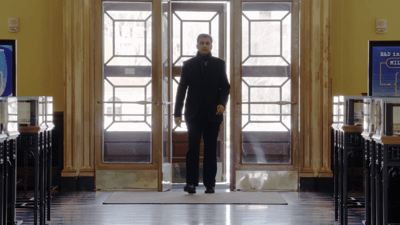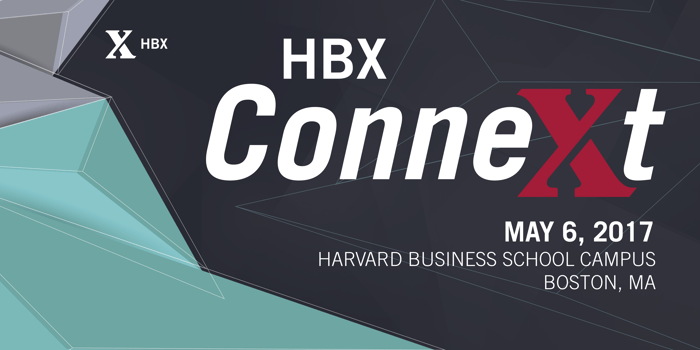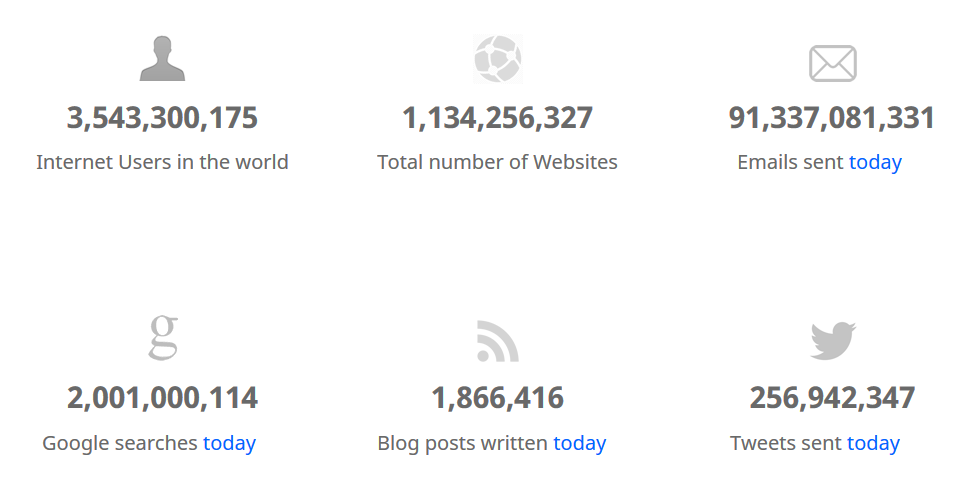
We sat down with our recruiting coordinator, Jessica Clark, to get her thoughts on questions every interview candidate should ask.
1. Is this position new or a replacement?
This question is useful for understanding more about the structure of the team you would be joining. Interviewing for a new role would suggest growth within the group and that this position would help in redistributing the existing workload and/or taking on new tasks.
If the role is a replacement, it can be a sticky conversation to navigate as the person interviewing you may be less inclined to share details. If possible, it is helpful to learn more about why the prior employee left the role. Limited growth potential and mismatched personalities with the direct supervisor may be red flags.
2. Can you tell me more about the team I would be working on?
It is very important to learn as much as possible about potential peers and colleagues during the interview process. If you are spending upwards of 40 hours every week with a group of people, it should be a team you enjoy being around. The candid opinions you may receive in response to this question can be helpful in assessing your “gut reaction” to the environment.
3.How would you describe the culture of the organization/department?
I have worked in organizations with a wide range of company cultures. Especially within a newer department like HBX, which has only been in existence for a few years, hearing that work/life balance is a priority and knowing that a "Fun Committee" exists are helpful tidbits for getting a sense of the environment.
You will also likely pick up on an office's general tone just by observing as you walk into the interview. Do people smile at you in passing? Is it so quiet you could hear a pin drop? Soak in these small cues to help assess if this is a place where you could see yourself being comfortable and happy.
4. What are the biggest challenges or hurdles with this role?
Gaining insight into the expectations of the person who takes on the role, knowing how quickly you would be expected to “get up to speed," and what type of training is included in the onboarding process are all good to know before walking in on day one of a new job. Every person who interviews you may have a different take on the most pressing parts of the role depending on their own perspectives, but their views will help you in getting a well-rounded picture on the keys to success.
5. Would you please run through the time frame for any next steps?
I try to touch on this every time I meet with candidates, but inevitably time sometimes gets away and we don’t have a chance to discuss the remaining steps in our recruitment process. Every organization is different, so having a heads up on things like the number of interview rounds, feedback method, scheduling next steps, and primary contact person for follow-up questions can help to ease the stress and anxiety that can accompany job hunting.
About the Author
Jessica Clarks works on the HBX Business Operations team as the Recruiting Coordinator. She enjoys interacting directly with candidates and helping to ensure the recruitment process is as seamless as possible. Before joining HBX in 2015, she worked in a similar capacity at Harvard's T.H. Chan School of Public Health. When she’s not reviewing resumes and scheduling interviews, Jessica can be found volunteering as an after-school tutor or spending time outdoors.









